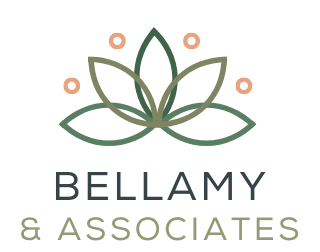What is Dance/Movement Therapy?
Dance/movement therapy is a body-based approach to therapy. It’s a holistic approach that includes the mind, body, and spirit in the healing process. It can look many different ways depending on what you’re looking for or needing in therapy. Like other therapy approaches, it also varies by therapist and by client. Meaning, one dance/movement therapist might approach a session, client, or topic differently than another. Similarly, the same dance/movement therapist might approach two different clients or issues differently.
Dance/movement therapy is similar to other body-based or somatic therapies in that it allows another “way in” to issues, emotions, beliefs, experiences without necessarily needing to talk about them. Emotions and memories, both positive and those related to trauma, live in our bodies. Dance/movement therapy can help us explore these experiences in a number of ways.
Approaches in Somatic Therapy
A “bottom-up” approach using somatic therapies could look like incorporating movement, breath, stretching, or other ways of moving in the body and then verbally integrating them For example, perhaps you’re struggling with anxiety. A bottom-up approach might look like exploring how anxiety manifests in your body, creating an “anxiety dance,” noticing how anxiety impacts your body, visualizing your anxious feelings and then transitioning to a more grounded way of being. Using the body, movement, and breath to feel safer, calmer, and more grounded. After a somatic session, you and your therapist might then discuss what that was like, any insights that arose, or talk about how to apply what you experienced.
A “top-down” approach might look like talking through specific memories, emotions, or trauma and discussing their impact on your mind and body. It might mean several weeks of first talking through these concerns, explaining the context to your therapist, and gaining understanding and insight. With this awareness, you might then focus more on your physical experience and the way your body can support you in feeling through these feelings, releasing any emotions, and supporting a more grounded sense of being.
What Does a Dance Therapy Session Look Like?
Of course these are a few generalized examples and your experience in somatic therapy may be much less linear - you might talk, breathe, discuss, and move all in one therapy session. You may also find there are some areas that you feel would be helpful to talk through a lot, to gain full insight and understanding. While you may feel other issues can be released and moved through without needing to fully grasp them intellectually.
Dance/movement therapy could mean moving or dancing in a session or it can also mean getting to know your body’s wisdom, building trust with your body, and talking about how your symptoms manifest in your body. If you’re uncomfortable with movement, no need to fear! As with any approach to therapy, it’s based on what you need and want from a therapy session.
You do not need to be a dancer, to be a good dancer, or to even like to dance to benefit from dance/movement therapy. Unlike dance classes, dance/movement therapy is not based on a specific aesthetic and there is no wrong way to look, feel, or move in a dance/movement therapy session. Dance and movement are actually our first language - we first learn to communicate non-verbally. So engaging in somatic approaches to therapy can actually feel like a re-learning — it can help you reconnect to your body, your intuition, your ability to express emotions non-verbally. We all have access to the language of movement, let’s use it to help us heal.
